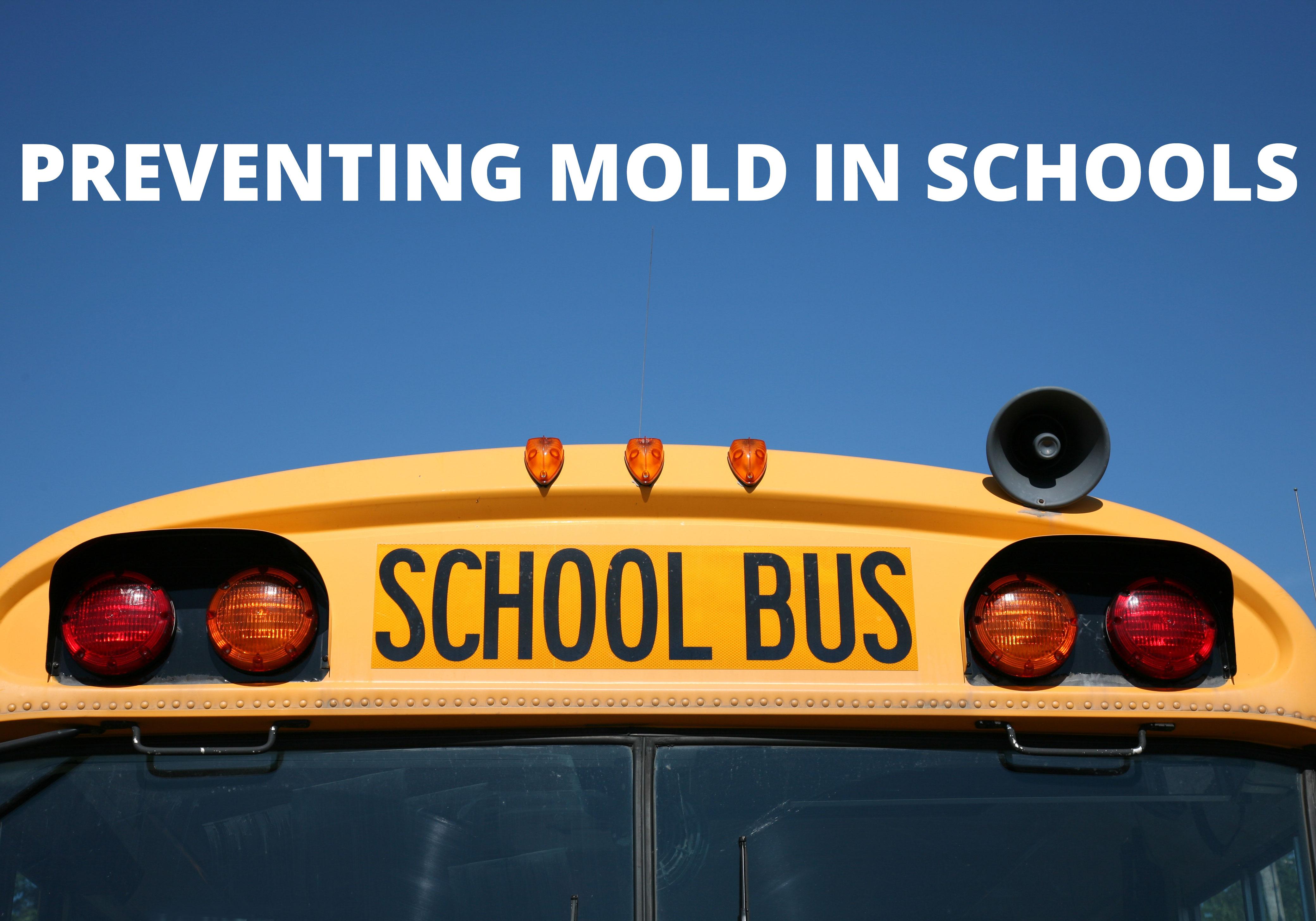HVAC Preventive Maintenance Can Help Stop Mold Growth in Schools
One of the primary ways mold can enter a school building is through its HVAC system. Whether it’s the heating season or the cooling season, air is being drawn in by the air handler from outside the building, and air containing mold spores in unavoidable. What happens to those mold spores once they’re inside the system can mean the difference between maintaining a healthy indoor environment and feeding a full-blown mold outbreak. Preventing mold from taking over an HVAC system is particularly critical when dealing with a school-aged population, as younger people are often at greater risk for respiratory illnesses and other adverse health conditions caused by poor indoor air quality.
Proactively defending school buildings from mold invasions requires a comprehensive preventive maintenance plan that includes special attention to specific components of the HVAC system that are prone to mold activity. These areas include:
- Condenser and evaporator coils. Condenser coils (outdoor) and evaporator coils (indoor) are system components that absorb and reject heat, and they are also primary sites for mold spores and other contaminants to collect. A service technician can use a special cleanser that not only removes dirt and oil buildup on the coil but also prevents buildup from occurring in the first place. Keeping a system’s coils clean should be part of the maintenance routine and a priority when working to keep any HVAC system mold free.
- Duct cleaning. Dirty ducts provide mold spores with more opportunities to get stuck inside where they can accumulate. Removing buildup in the ductwork removes this opportunity. Your technician can also apply an EPA-approved sanitizer to the internal components, including the coils. If you’re concerned about the condition of the interior of your HVAC system’s ductwork, contact a qualified technician to conduct a thorough inspection and consider having the ductwork professionally cleaned.
- Control the condensate. Condensate needs to find its way to proper drainage, and when it doesn’t, the water accumulates and can promote mold growth. Make sure drain pans are routinely checked and are handling condensate properly.
- Keep areas around intakes clear. Mold spores and other contaminants are entering your system from the outside. Consider where air intakes are located and remove any sources of contamination such as standing water, organic materials, or other debris from the immediate area to reduce or eliminate the types of contaminants that are getting in.
Regular preventive maintenance is an important part of protecting any building’s indoor air quality and is particularly critical in schools. If you’ve noticed an increase in indoor humidity levels and/or you’re noticing a musty odor, these are good indicators that it’s time to take a closer look. Extended periods of rainy, wet weather can also cause rapid mold growth, especially in buildings where minor problems already existed. If any of these conditions apply to your facility, contact a trusted service provider as soon as possible to evaluate and address the situation.
To learn more about HVAC systems and mold preventive maintenance, contact HB McClure at 717-232-HEAT (4328) or request an appointment online.


